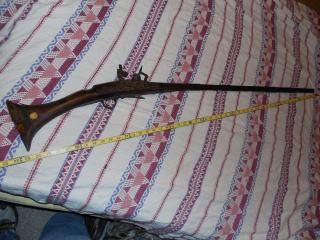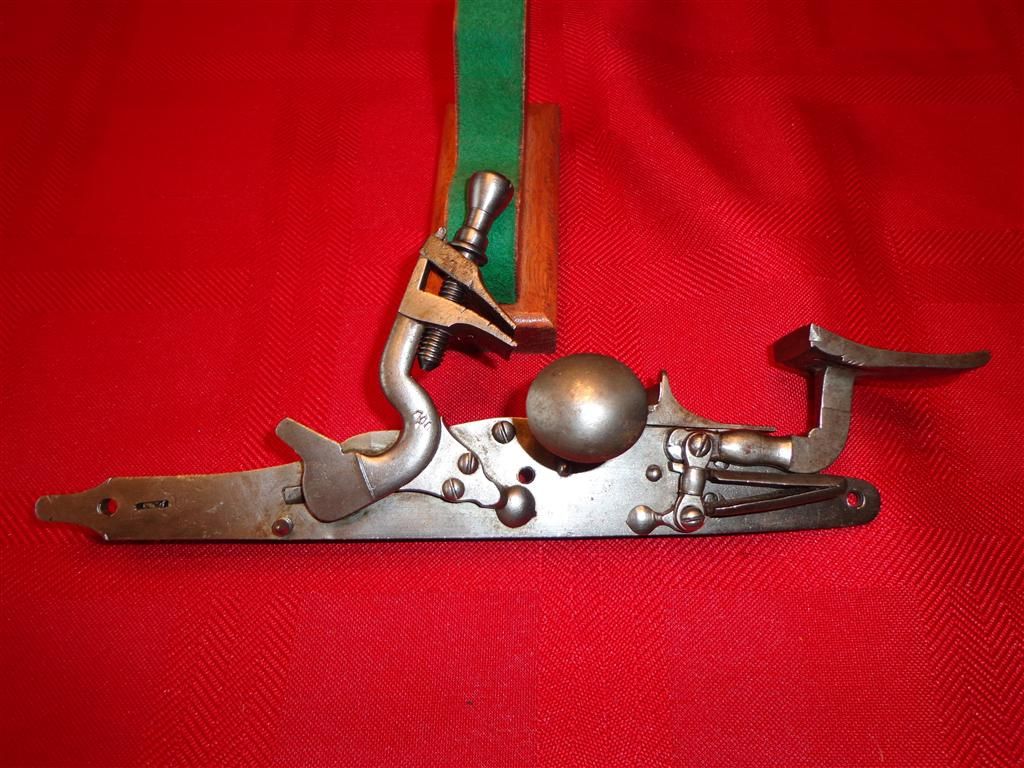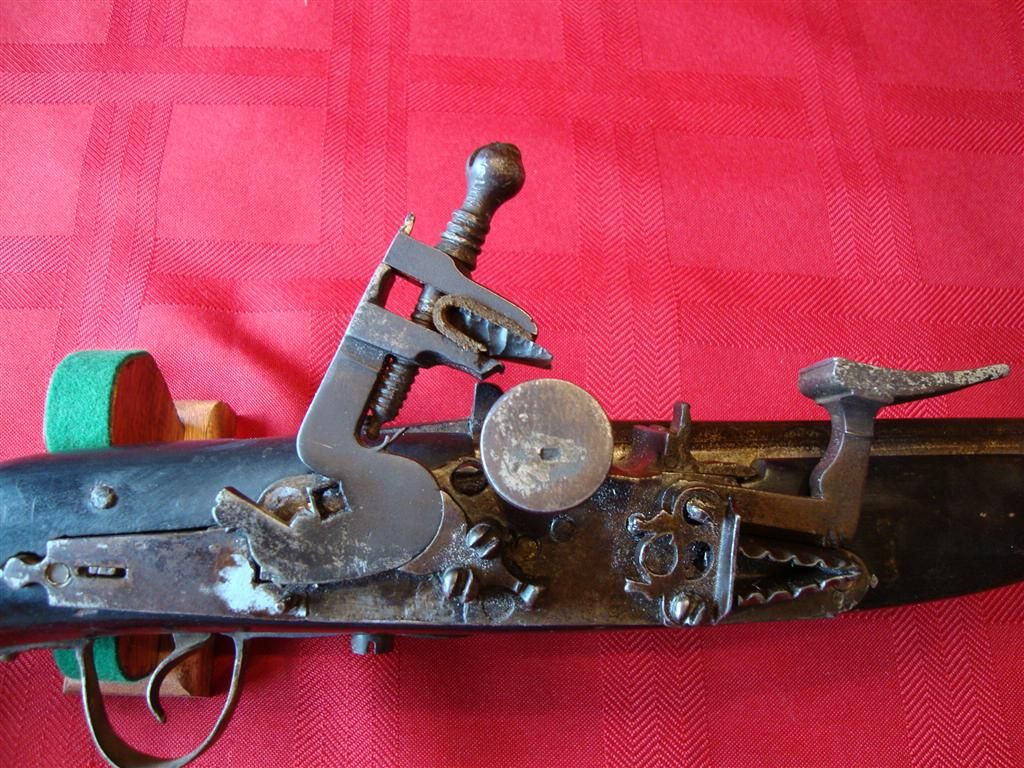Don't have a lot of info, hope I can get these pics to work. It's right at 40 cal has some bone/antler/ivory/something inlays, flint lock. Been in his family as long as he can remember. Their from LA (Cajun), so is it from that area or is it foreign made. Any info would be appreciated.
http://smg.photobucket.com/user/SwampRat1070/slideshow/Old muzzleloader
let me know if that link does not work.
let me know if that link does not work.
Last edited by a moderator:








